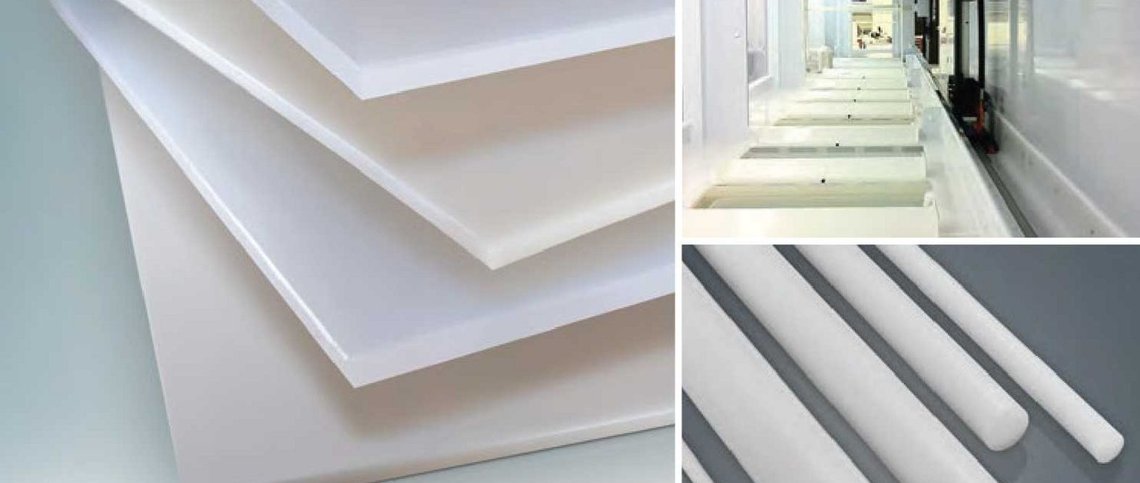

PVDF - highly pure and does not contain the polymer in comparison to most other plastic UV - and thermal stabilizers, softeners, additives or retarding combustion. Great for ultrapure water systems and for transporting pure chemical liquids in the semiconductor industry. Because of the chemical inertness does not react with the majority of media. Operating temperature for the polyvinylidene fluoride is -20oC / + 160 ° C.
Pipes and components of suitable standard types meet the high requirements of the semiconductor industry; for example, they are able to exert a certain resistance deionization ultrapure water is more than 18 MW.cm.
Polyvinylidene fluoride (PVDF) - thermoplastic having the following typical properties:
Easy processing
Good weldability
Sufficiently high temperature molding
PVDF unlike PTFE (polytetrafluoroethylene) has high mechanical strength and a better chemical resistance, even at high temperatures.
PVDF Advantages:
Wide temperature range, high softening point
Very good chemical resistance, even at high temperatures
Good resistance against UV - radiation exposure and therefore a high resistance to aging.
Low friction
Very good anti-friction properties
Good mechanical properties
Excellent insulating characteristics due to the very high electrical resistance
Slows burning
Physiologically non-toxic
Nice and easy handling
PVDF - halogen, and therefore has excellent fire properties without slowing down the burning supplements. During combustion PVDF there is only a small amount of smoke. But like any other organic material, PVDF is able to burn, and at the appropriate ambient temperature PVDF flammable.
Solubility
PVDF - homopolymer, however in some organic solvents, it is softened, for example, acetone, ethyl acetate and some insoluble, e.g., dimethyl phthalate and dimethyl.